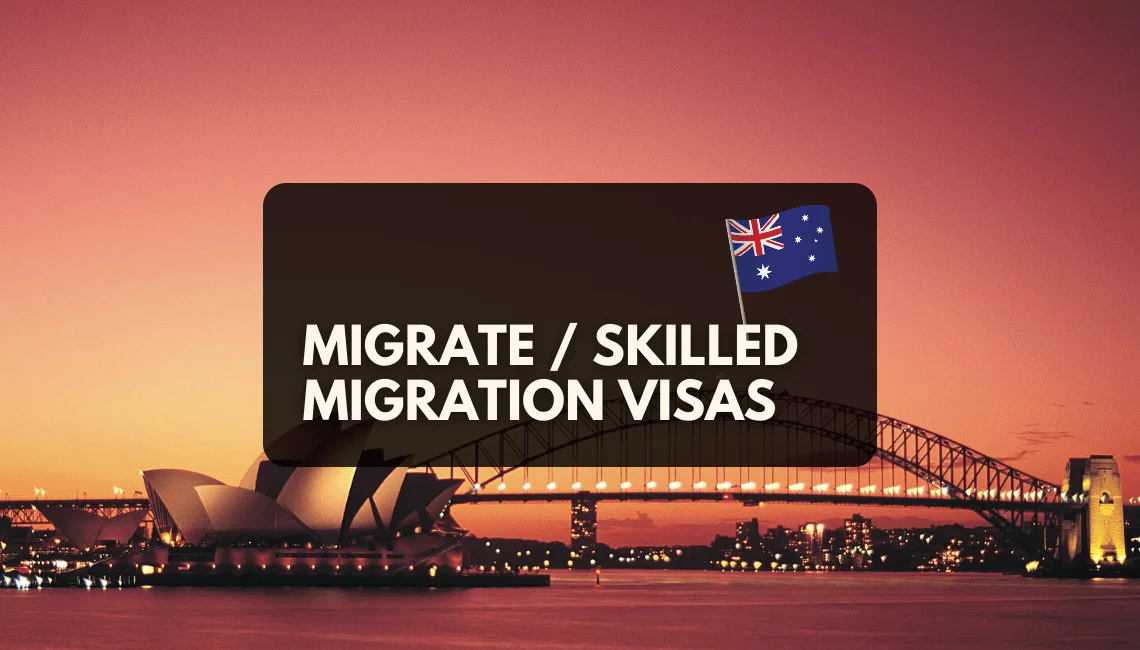Migrate / Skilled migration visas
Target sectors
To be selected to apply for skilled visa nomination, you must be currently working in one of our target sectors using your STEMM skills.
Applicants using their STEMM skills in a business precinct will be highly regarded. Examples of business precincts are:
Parkville
Australia’s world renowned research centre
In this leafy inner-city precinct is Australia’s world-renowned biomedical research hub. It is home to the University of Melbourne and an impressive group of industry leaders including:
- World-class hospitals
- Medical research institutes
- Biomedical organisations
- Universities
Over 49,000 people work in Parkville its researchers collaborate globally. This includes the University of Melbourne, where more than 55,000 students attend.
Where is Parkville?
Parkville Priority Precinct is walking distance from Melbourne CBD.
FootScray
Cultural heart of Melbourne’s west
Foot Scray is a designated Business Precinct in recognition of its role as the gateway to the west. The precinct services a growing population and provides new and diversified economic opportunities
Where is Footscray?
Footcray Priority Precinct is just 5km west of Melbourne CBD.
Docklands
A unique urban waterfront opportunity
As a natural extension to Melbourne’s Central Business District (CBD), Docklands is home to many international and domestic corporations from sectors including:
- Banking and finance
- Professional services
- Property, construction and transport
- Media, sport and creative
- Retail and hotels
With over 73,000 people working in Docklands, and 13,000 residents, the precinct also boasts over nine hectares of parks and open space and 68 pieces of public art.
Docklands reconnects central Melbourne with its historic waterfront, and business, finance and construction with the amenity of urban spaces.
Where is Docklands?
Docklands is located directly west of Melbourne’s CBD and is serviced by multiple transport modes including tram, train, bus and ferry. This includes Southern Cross Station and eight tram lines.
1-Health
The health sector in Victoria consists of professionals providing medical services to Victorians as well as those involved in related education and research and development.
You do not necessarily need to be working in a health occupation (e.g. Nurse) to be considered working in the health sector. For example, a software developer working on software for hospitals is considered to be working in the health sector.
Nursing applicants: please note that we only nominate applicants with specific specialisations. For further information, see Skilled Nominated visa (subclass 190) – supporting information or Skilled Work Regional (Provisional) visa (subclass 491) – supporting information.
2-Medical Research
In addition to medical research conducted in universities and research institutes, Victoria’s medical research includes activities such as drug development, clinical trials, health product manufacturing, medical devices and digital health.
If you are using your STEMM skills to support medical research in Victoria, you are considered to be working in the medical research sector.
3-Life Sciences
Victoria’s life sciences sector is composed of many industries such as the medical technology, biotechnology and pharmaceutical industries. Companies involved in food processing, nutraceuticals and cosmeceuticals may also be considered to form part of the life sciences sector.
4-Digital
The digital sector makes use of technology and innovation to drive economic growth, productivity and competitiveness in Victoria.
Subclass 190
To be selected to apply for subclass 190 nomination in the digital sector, you must be working in one of the focus segments below:
- AgriTech
- Artificial intelligence
- Cyber security
- Digital games
- EduTech
- Energy and resources tech
- FinTech
- GPS imaging and geospatial
- Health and medtech
- Robotics and automation
- Smart cities and infrastructure tech
- Transport tech
Subclass 491
Applicants working in any segment of the digital sector will be considered for selection for subclass 491 visa nomination.
5-Agri-Food
The agri-food sector in Victoria includes highly skilled people working to develop food growth and production as well as the modernisation of Victoria’s agri-food sector. To be considered for selection to apply for nomination, applicants must be using their STEMM skills to innovate within the sector, which could include research and development or advanced manufacturing.
6-Advanced Manufacturing
Victoria’s advanced manufacturing sector includes industries such as defence and aerospace. To be considered to be working in advanced manufacturing, you must be using your STEMM skills to enhance innovation. This could include activities such as research and development, design, supply chain management increasing global competitiveness through the use of technology.
7-New Energy, Emissions Reduction and Circular Economy
Victoria’s advanced manufacturing sector includes industries such as defence and aerospace. To be considered to be working in advanced manufacturing, you must be using your STEMM skills to enhance innovation. This could include activities such as research and development, design, supply chain management increasing global competitiveness through the use of technology.
8-Creative Industries
The creative industries play an important role in Victoria’s cultural life, economic prosperity and social well-being. The Victorian Government’s Creative State 2025 strategyexternal link is designed to secure Victoria’s reputation as a global cultural destination.
To further support this strategy, Victoria is seeking applicants working in the screen industry using their STEMM skills in visual effects or digital animation.


